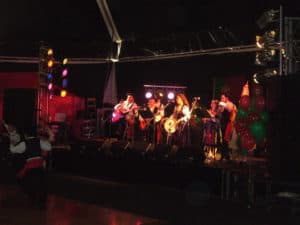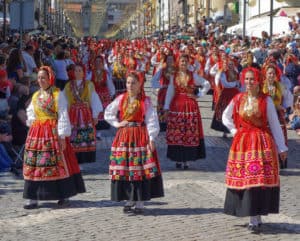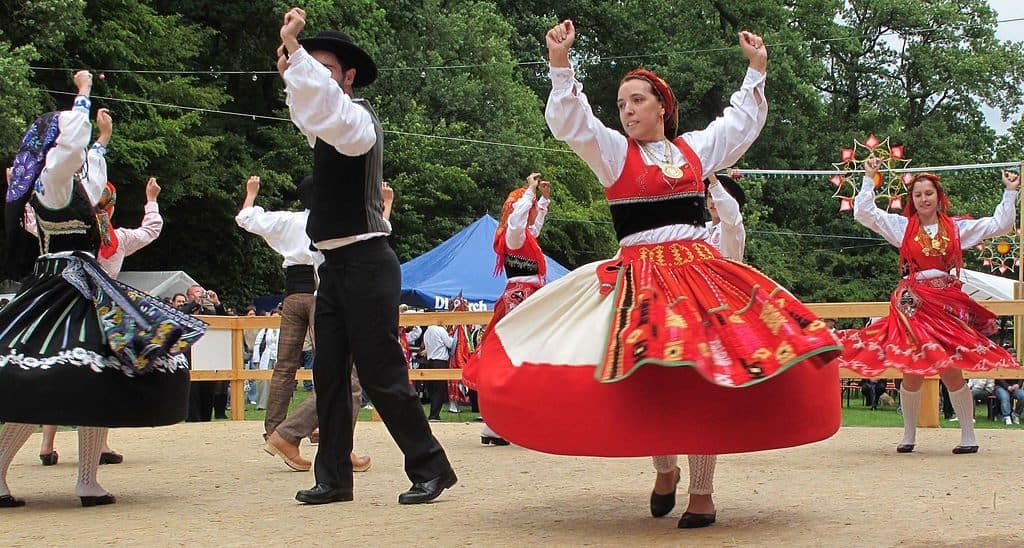Culturally speaking, Portugal is known for a number of vibrant traditional dances. A few of them are: Vira dance, Chula dance, Corridinho dance, Malhao dance etc.
But, have you ever wondered what these Portuguese traditional dance forms actually entail? If your answer to this question is ‘no’, then you need not worry, because through this article we at ‘DanceAsk’ intend to provide you with must-know facts about these dance form also called Ranchos Folclóricos through our Article on “Things you need to know about Portuguese Traditional Dances.”
A. Portuguese Traditional Dance forms, and the music:

‘Rhythmic music’ is mainly used in most traditional dance forms in Portugal. Furthermore, it is folk music that is made use in Portuguese dance styles. In addition, apart from vocals (singing), clapping of hands also forms an integral part. The musical instruments accompanying most traditional Portugal dance forms include the Portuguese guitar, mandolin, bagpipes, accordion, violin, and traditional guitar.
B. Portuguese Traditional Dances dress and costumes used:
‘Colourful’ is a word that best describes the costumes used in most traditional dance forms in Portugal. In addition, the male costume differs completely from those worn by females. They are as follows:

- Gents: The attire worn includes a black pant, a white shirt, a broad red cloth tied around the waist, a hat, and a pair of shoes.
- Ladies: The costume includes an overcoat, a colourful skirt, pair of stockings and shoes. The colourful head scarf or bandana adorned by women looks beautiful and gives the overall costume a pronounced traditional touch.
C. The dance steps used in the Portuguese Dance forms:
A ‘variety’ of moves are used in most ‘Portuguese Dance Forms’. They include the ‘three-step rhythm’ as seen in ‘waltz’. Furthermore, in a dance such as Chula dance, ‘stomping of the feet and clicking of hands are used. In addition, many of the traditional dance forms in Portugal are performed around a circle. Prime examples being Malhao dance and Corridinho dance. Techniques of ‘tap dancing’ are also used in a traditional Portugal dance such as the Fandango dance.
D. Portuguese Traditional Dance forms, YouTube Video:
Video of a traditional Portuguese folk dance forms depicting some of the various dances:

